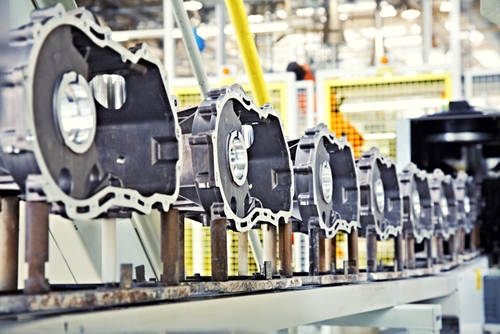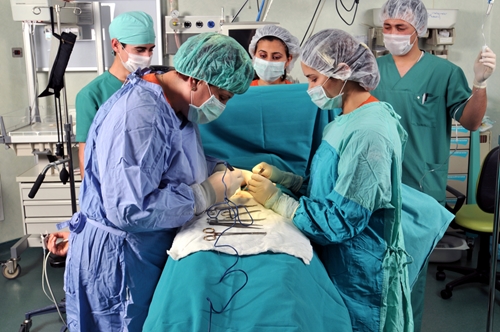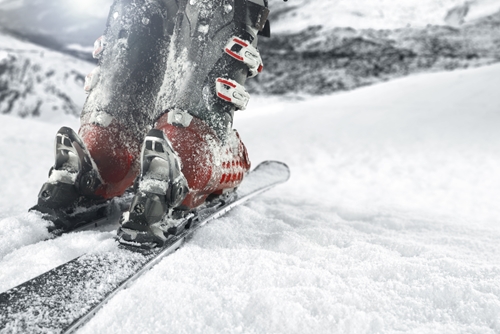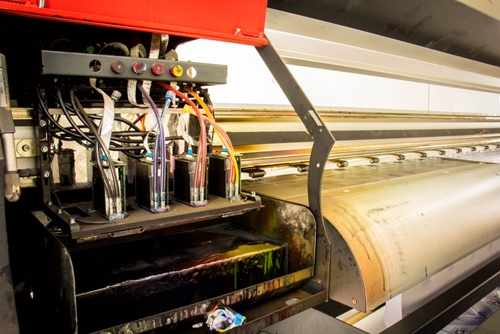

- Contributions by industrial experts with engineers in mind
- Focused on specialty-chemical material applications and selection
Knowledge Center
Industrial Cyanoacrylates

Industrial Cyanoacrylate Adhesives
Adhesives have gained a growing market share in the industrial manufacturing field over the past few decades. Bonding with adhesives offers a number of advantages over mechanical fasteners including speed of assembly, cost reduction and improved appearance. Cyanoacrylate (CA) adhesives, otherwise known as super glues or instant adhesives, are particularly useful in industrial manufacturing for their cure speed, bonding strength and ability to bond dissimilar materials.
What are Cyanoacrylate Adhesives?
CA adhesives are acrylic resins polymerized rapidly on contact with moisture - usually moisture in the air or on surfaces is enough to cure the adhesive completely. While original formulations were known for their relatively low resistance to chemicals and shock - modern formulations have overcome these limitations. Industrial CAs are similar to their consumer counterparts, but are better controlled for quality, allowing specific, consistent bonding properties tailored to applications, and meet international guidelines like ISO 9001 and ISO/TS 16949. UV curing CAs are also available which can allow even quicker processing.
"Application is easy with automated or semi-automated equipment, and because of the bond strength, only small amounts of CA are needed for sufficient bonding."
Cyanoacrylates have a number of properties beneficial in industrial manufacturing. Quick bonding is an obvious advantage - CAs typically cure to fixture strength in just seconds, and full strength is achieved in 12-24 hours. Bond strengths are extremely high, even between dissimilar substrates, allowing for permanent bonding over the lifetime of parts. Cyanoacrylates bond very well to metal surfaces, but can also bond rubber and low-energy plastics like polyolefins (polyethylene and polypropylene). The use of a primer to prepare low-energy surfaces enables strong bonds on these surfaces. Activators can also be used before or after application to increase curing speeds. With surface-insensitive formulations CA adhesives can be on low PH materials such as cardboard or wood, allowing for faster processing.
Application is easy with automated or semi-automated equipment, and because of the bond strength, only small amounts of CA are needed for sufficient bonding. Equipment is available to work with both with large, 20kg carboys quantities, or smaller 1lb bottles in pressure reservoirs through a to a hand-held dispensing pen. Care must be taken to avoid contact with moisture, so dry pressurized air is needed to provide pressure, and polyethylene pins help to keep equipment free of cured adhesive. Cyanoacrylates should be stored at cool temperatures (~40F) for maximum shelf life. However, once brought to room temperature they should not be returned to cool storage as it will cause polymerization due to condensing water inside the container.
Alternate Formulations of CA Adhesives
There are a number of specific CA formulations used in industrial manufacturing. The base chemistry of CAs is often either Methyl- or Ethyl-. Methyl CAs have long been a standby in industrial manufacturing when bonding two metal surfaces where they offer exceptional bond strength. Ethyl-based formulations are the most common, particularly in consumer industries, and additives are frequently used to make specialty products for specific bonding profiles. Some formulations are used for high temperature bonding (over 250 F), while rubber-toughened CAs have greater flexibility and strength, allowing for vibration and impact resistance.
Thin "wicking grade" CAs can be used with small tolerances or to "wick" into already mated parts. While cyanoacrylates typically have little to no gap-filling ability, new "gel" CAs can allow for larger tolerances between parts and adhesion to porous surfaces. Large gap bonds (greater than 7 mil) sometimes require an activator for complete curing. Activators can be applied with brush or pump spray. Activators are supplied in various solvent carriers depending on which substrate they will be used with and needed evaporation speed. Low-odor/Low- bloom formulations are available that cut down on undesirable odor and combat the "blooming" which occurs when airborne CA fume cures into a white precipitate and settles around the bonding area. Some formulations include a UV tracer for detection under UV light.
How are industrial cyanoacrylate adhesives used?
Cyanoacrylates find use in a wide range of industrial applications. They are used frequently in automotive or machinery construction particularly for mounting controls or securing plates. O-ring manufacture and repair is another area where CAs are used. Other types of rubber and neoprene gasketing (except silicone) can also be achieved with CA glues where bonding of dissimilar substrates would otherwise be difficult.






